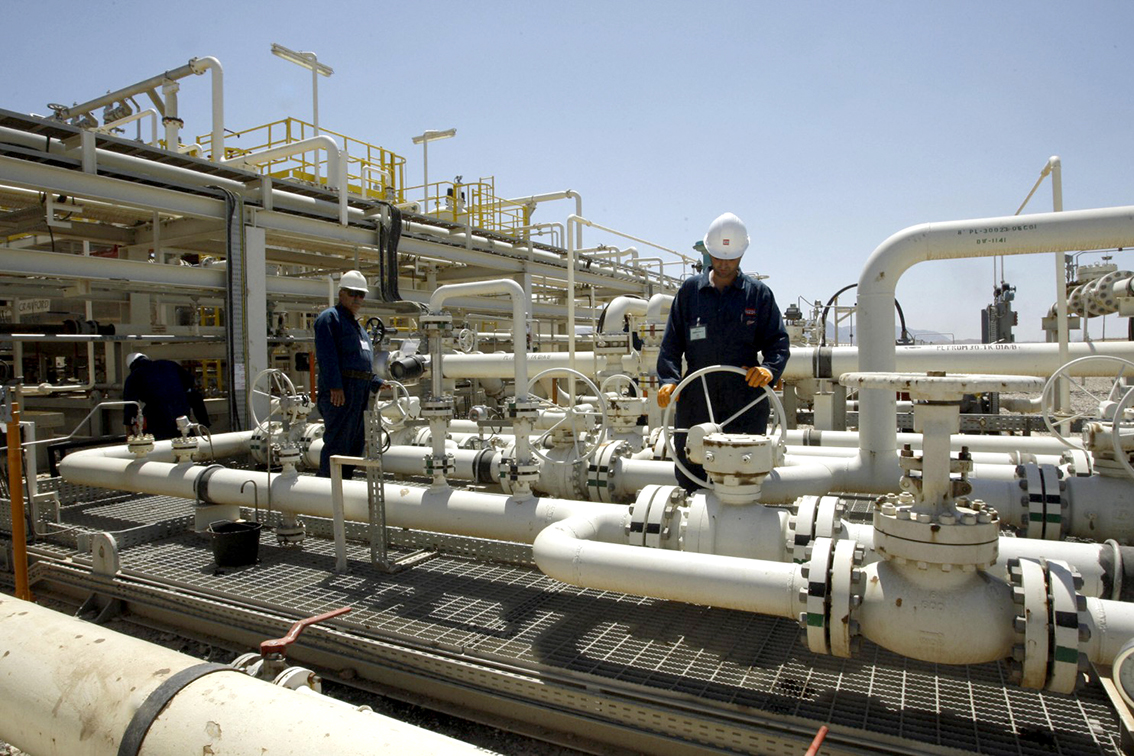Plans are underway to implement liquefied natural gas projects worth $20 billion over the next five years with the help of foreign investment, deputy oil minister for international and commercial affairs said on Monday.
"LNG projects will be presented to international companies based on the new Iran Petroleum Contract (IPC) in the near future. The new contractual arrangements will be signed in the form of either Engineering, Procurement and Construction (EPC) or Engineering, Procurement, Construction and Financing (EPCF) where the contractor is not only responsible to engineer, procure and construct the project, but also has to finance it,” Amirhossein Zamaninia was quoted as saying by IRNA.
Underscoring the growing global interest in Iran's LNG, Zamaninia added that international firms are keen on joint ventures due to the country's access to huge gas resources and skilled human resources. Moreover, compared to its war-ravaged neighbors, Iran is safe and politically stable to be able to attract foreign investment, he noted.
"Needless to say, most international companies have already experienced close cooperation with Iran which is why resuming technical ties with them is not challenging."
According to the senior oil official, many counties, namely Romania, Lithuania, Russia, Oman, India, South Korea and France, have expressed interest in LNG projects in Iran, which has the world’s largest gas resources.
"Plans call for completion of the new and ongoing LNG plans namely Persian LNG, Iran LNG and Pars LNG as well as increasing natural gas production capacity by 1 billion cubic meters a day in three years," he said, adding that by 2019 Iran will establish itself on the global gas map.
Reportedly, more than 750 million cubic meters of gas is produced in Iran per day of which 200 mcm is wasted because of the lack of modern technology. Zamaninia said gas export to "regional and international markets is a priority" after meeting domestic demand.
Overcoming Hurdles
Experts say due to limitations on selling natural gas via pipelines, a part of Iran's natural gas must be exported to far-flung target destinations in the form of LNG. Fulfilling such an objective is subject to removing funding hurdles as well as creating the much-needed infrastructure and access to modern machinery and equipment. According to reports, although many LNG and mini-LNG plans were due to become operational in the past few years, none has gone on stream because of the international sanctions against the country and underinvestment.
As a result, the lion’s share of Iran’s LNG output is consumed domestically and foreign buyers are limited to a few neighboring countries. In the post-sanctions era, Iran has reiterated that it aims to raise LNG exports and expand its footprint in the international market. However, neighboring countries, which can receive Iranian gas via pipeline, have priority over more distant buyers
Analysts and market observers say under the present market circumstances LNG production is economically feasible. Concurrent with Iran’s declared interest in increasing market share, the international LNG markets have faced a glut and relatively low prices.
Iran wants to diversify its gas exports, which are concentrated in the north, by reaching out to the Persian Gulf Arab states in the south. Tehran has plans to boost gas production capacity from 420 million cubic meters per day at present to 1 bcm a day in 2017 and to 1.2 bcm per day by 2020.


